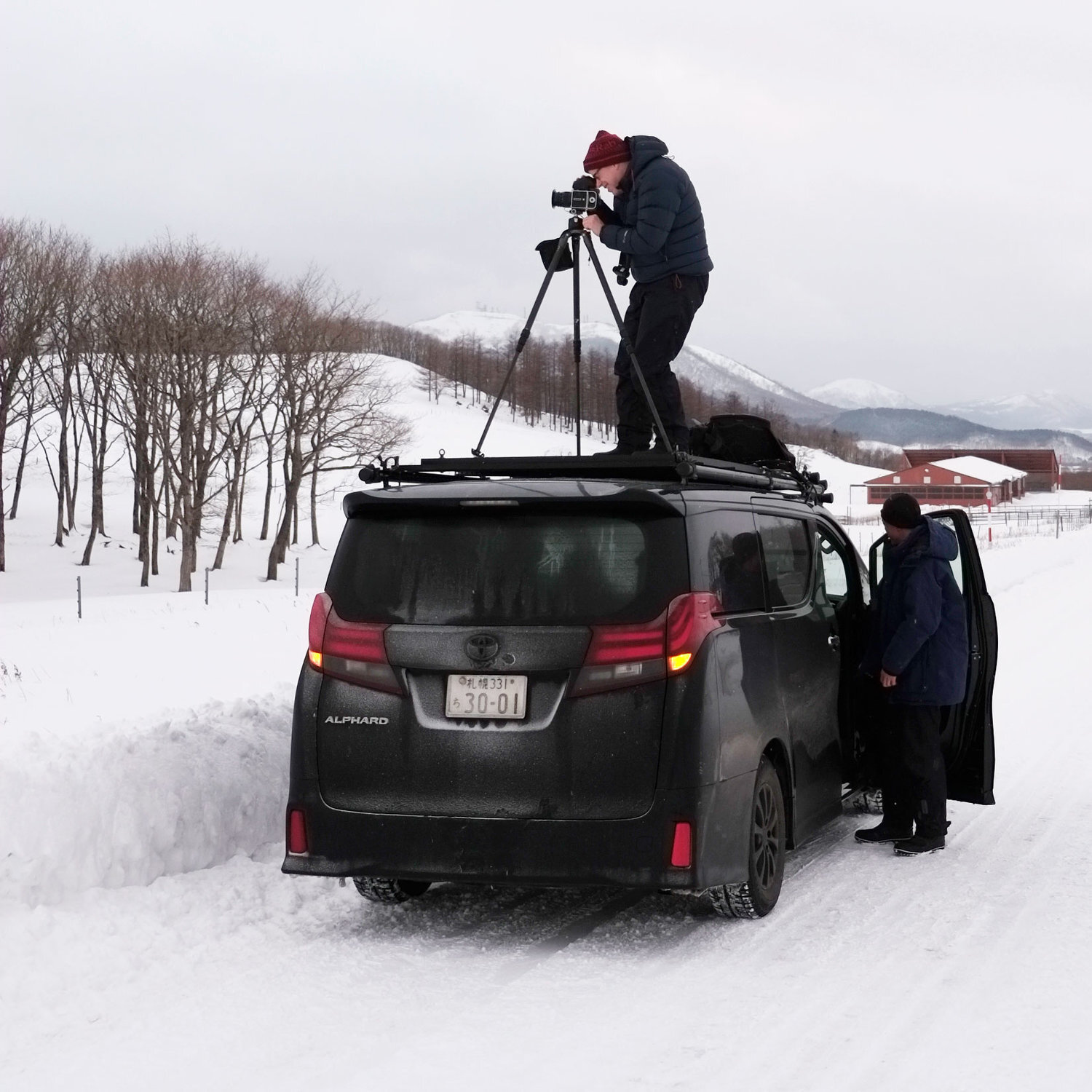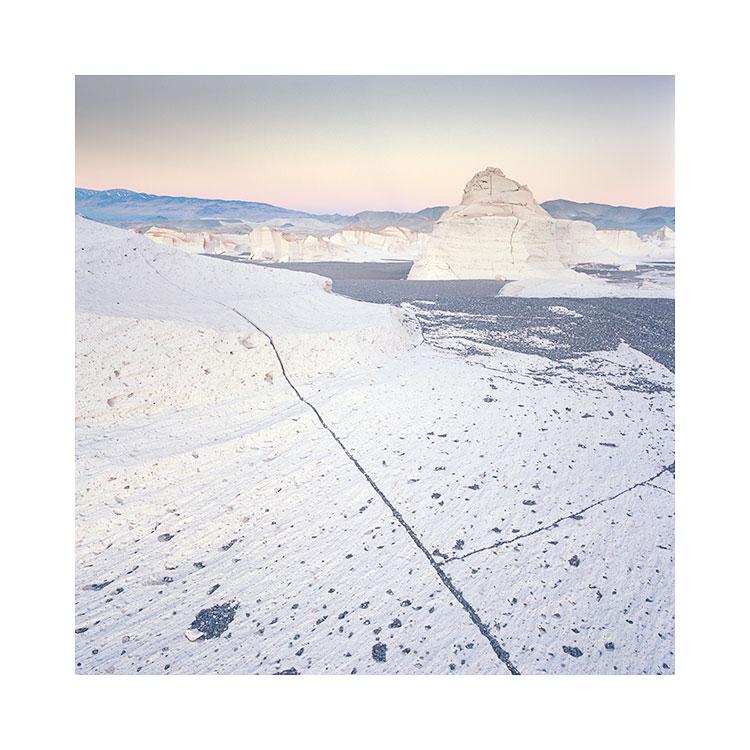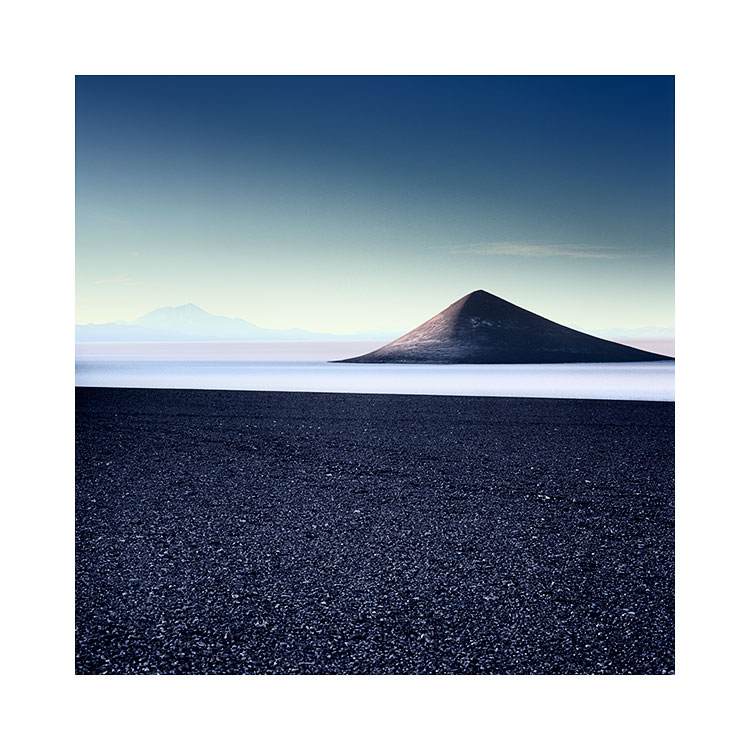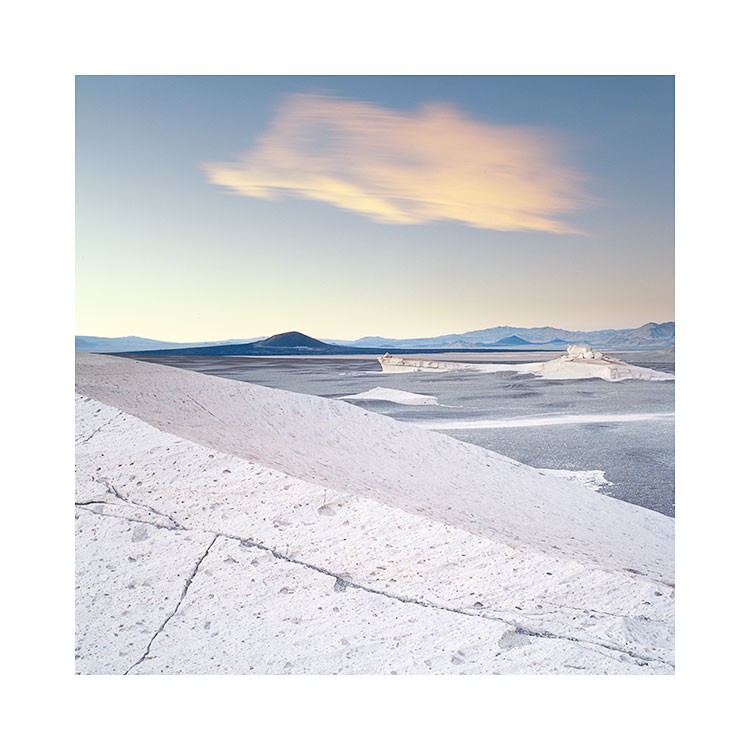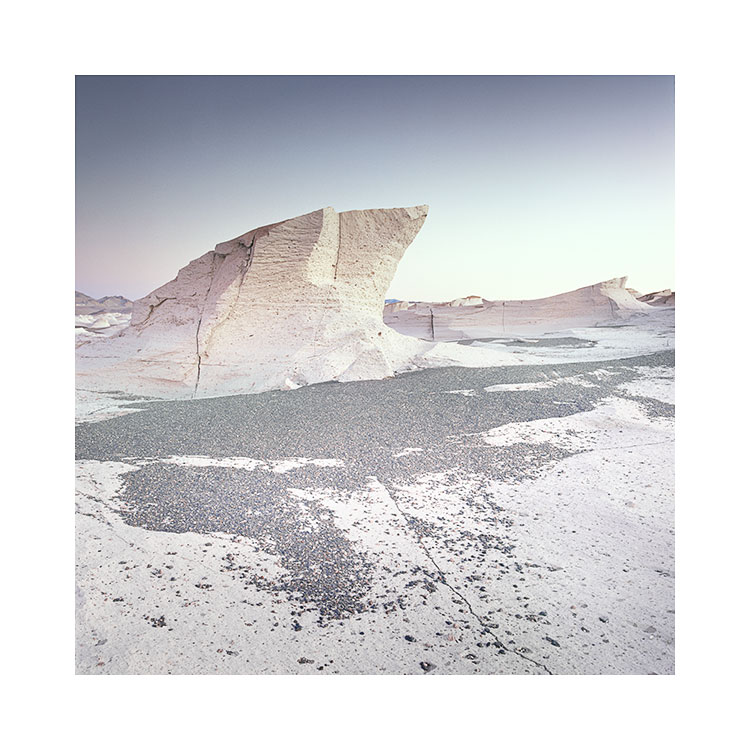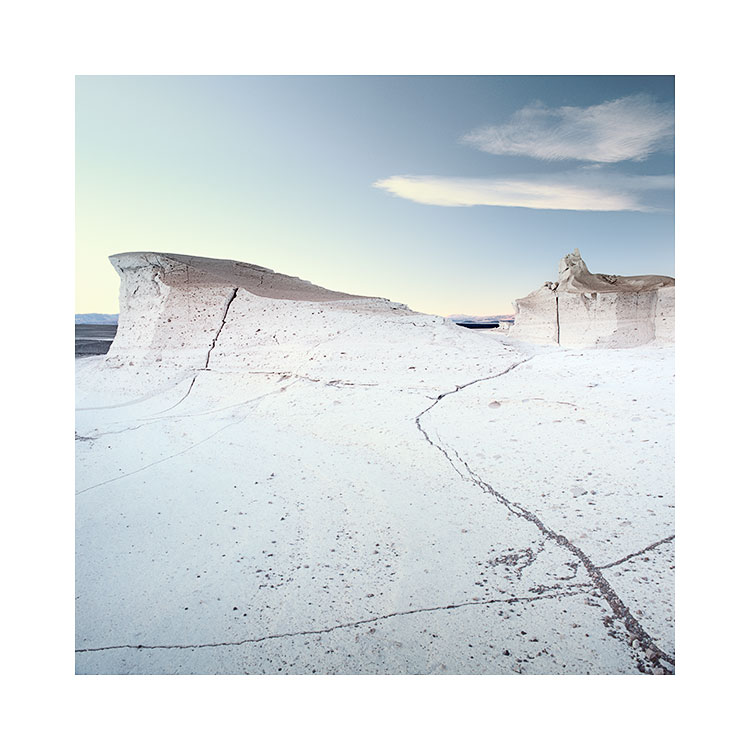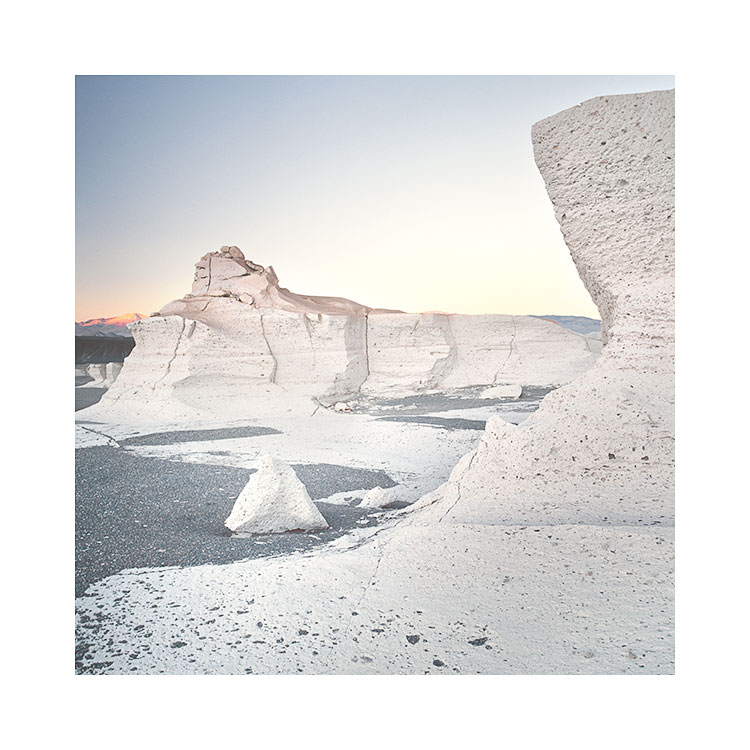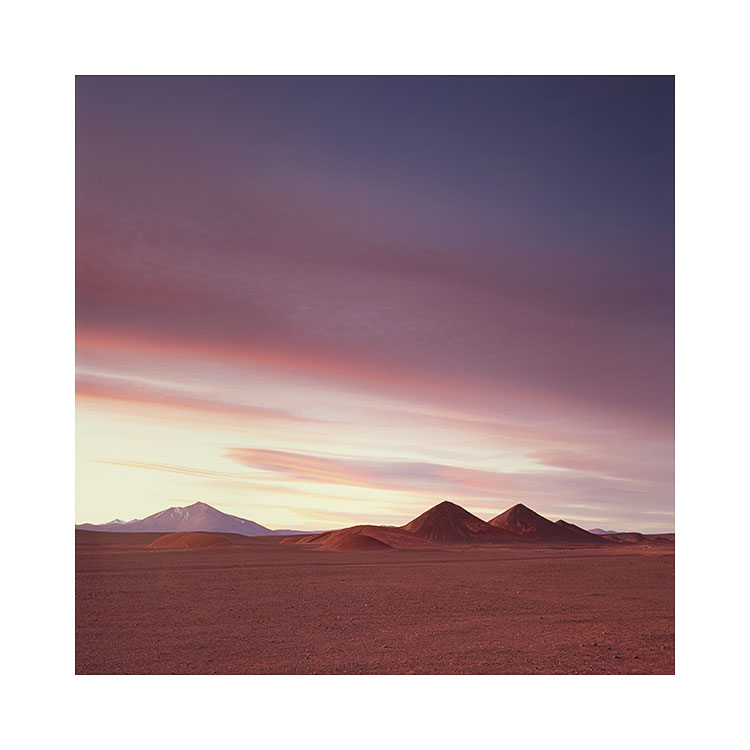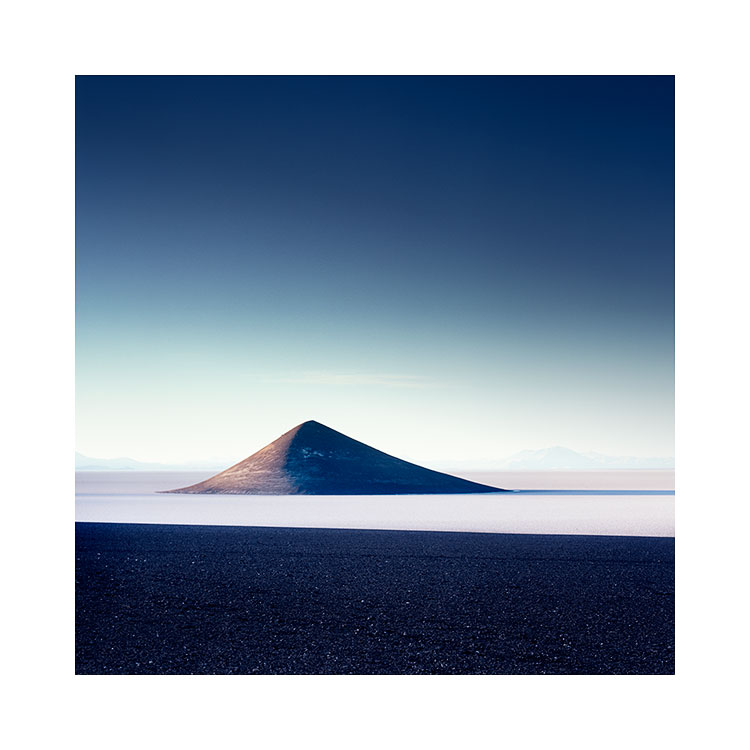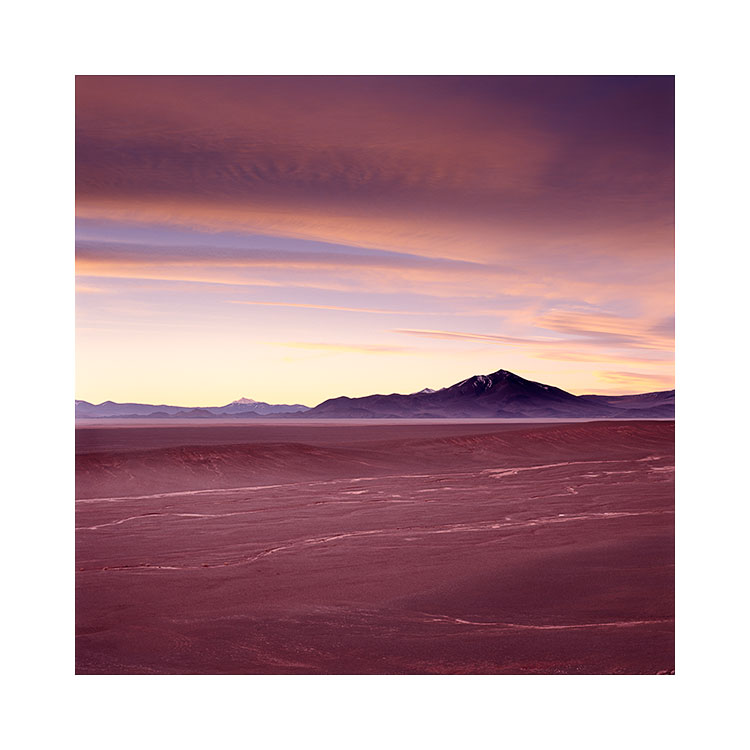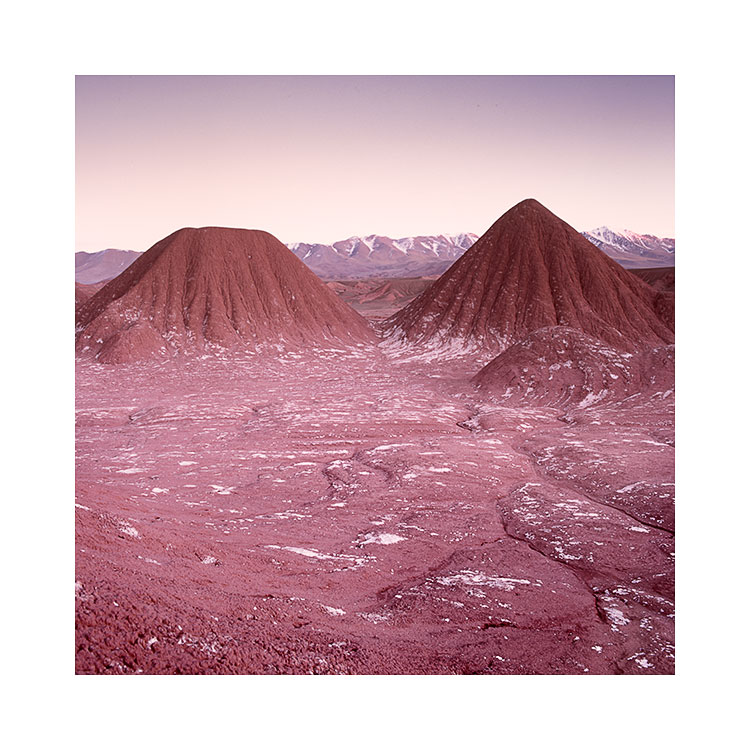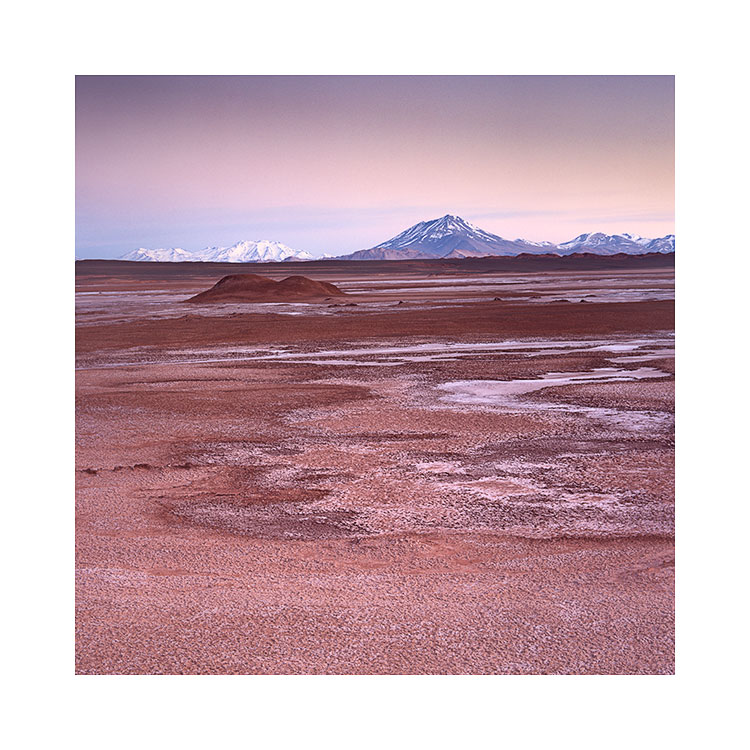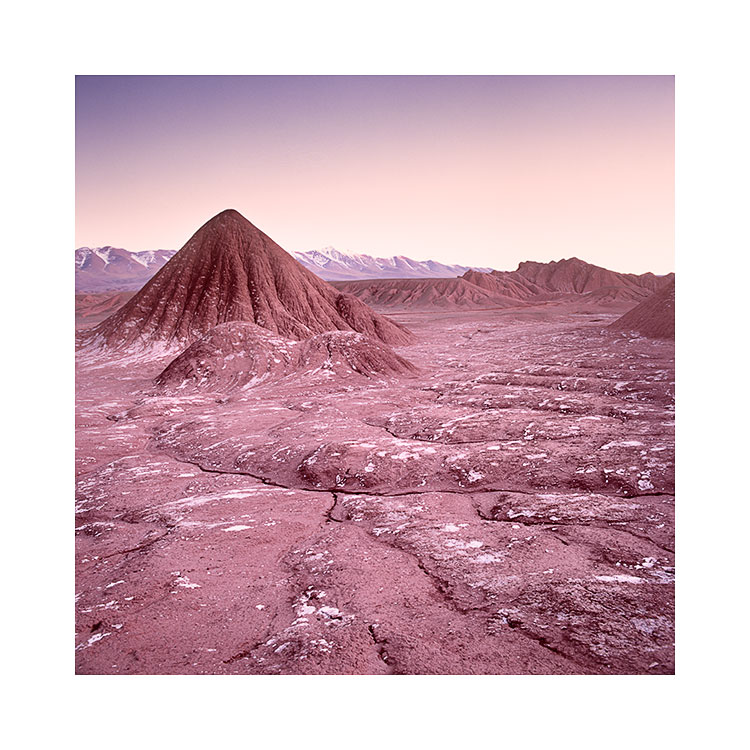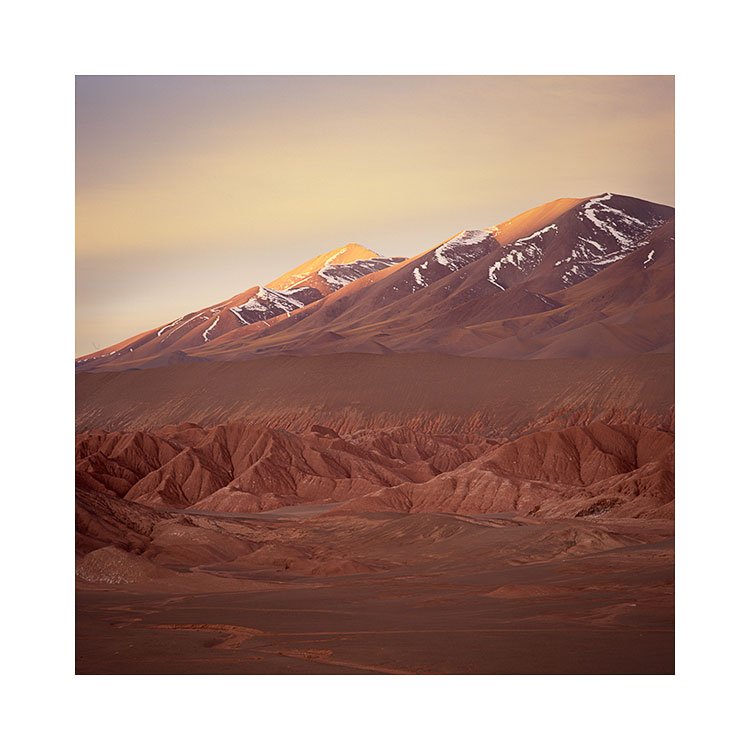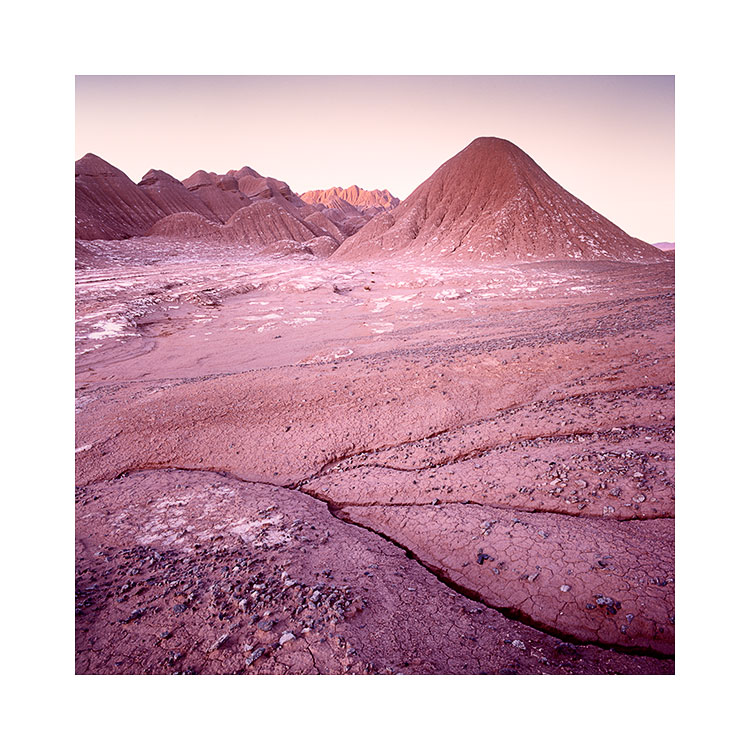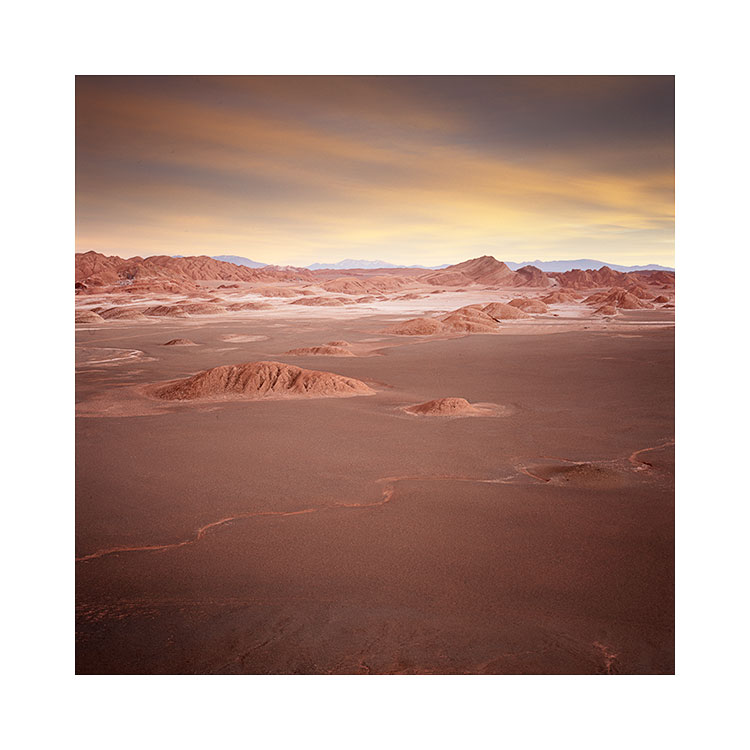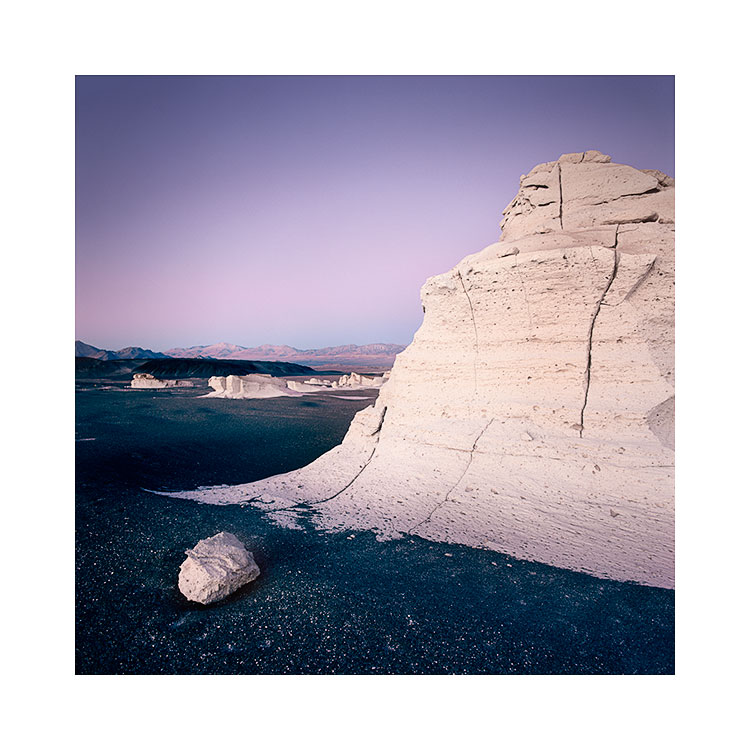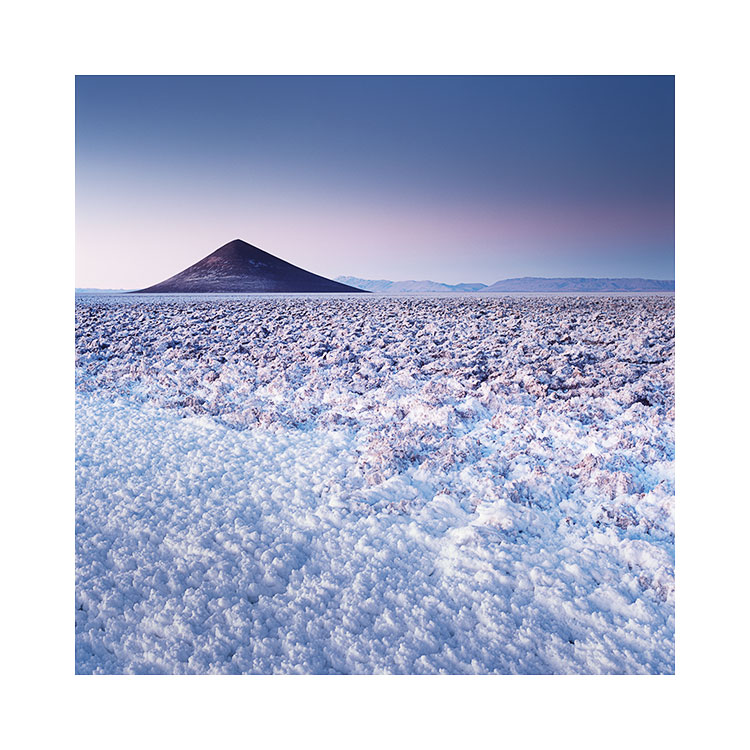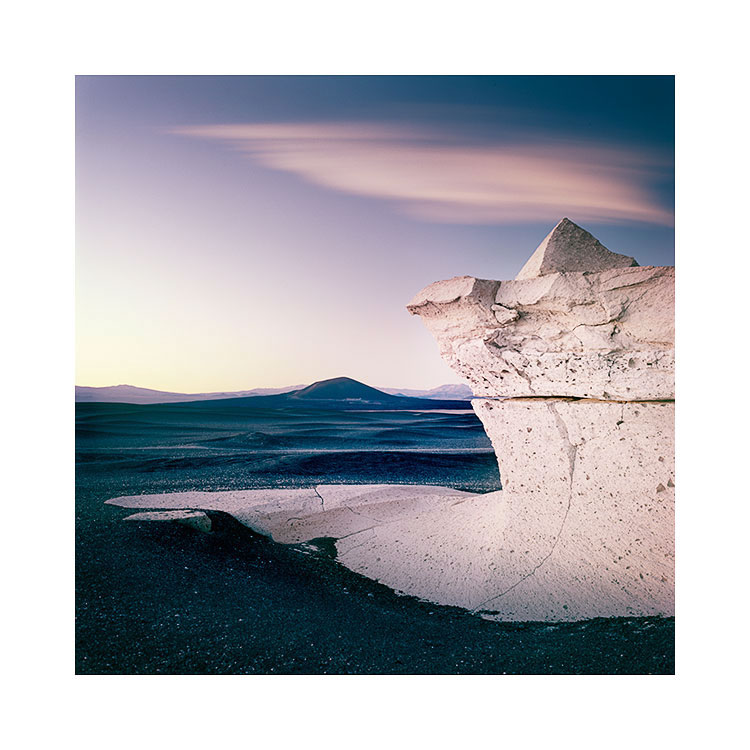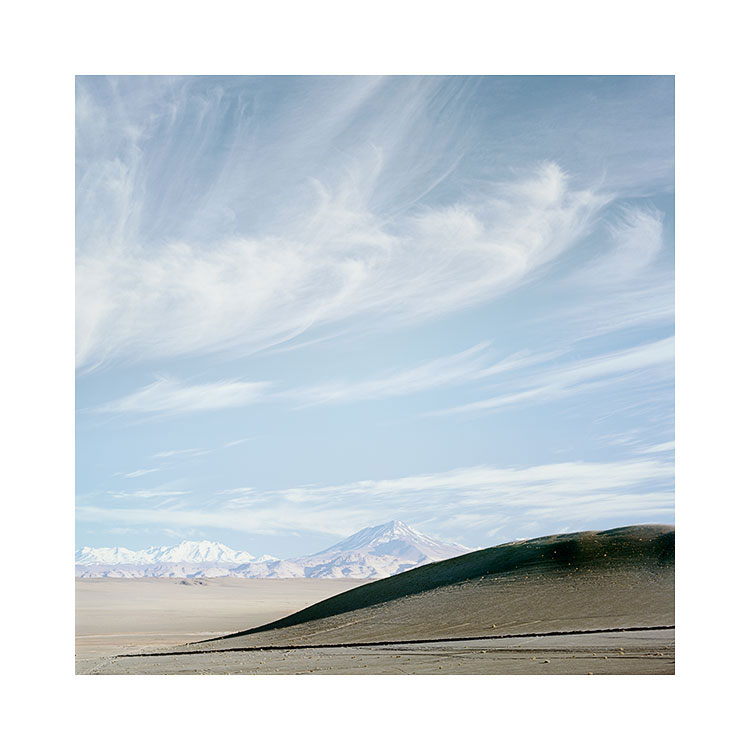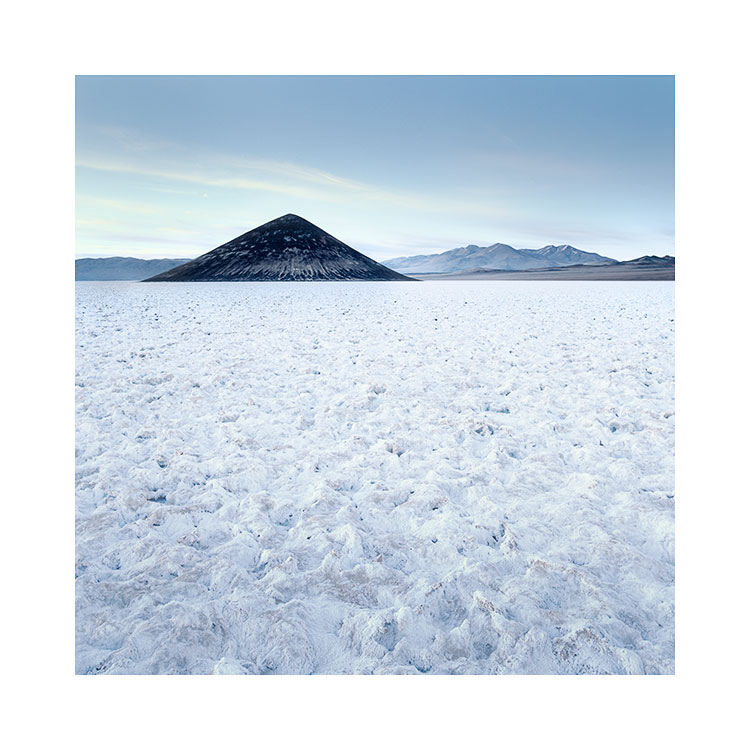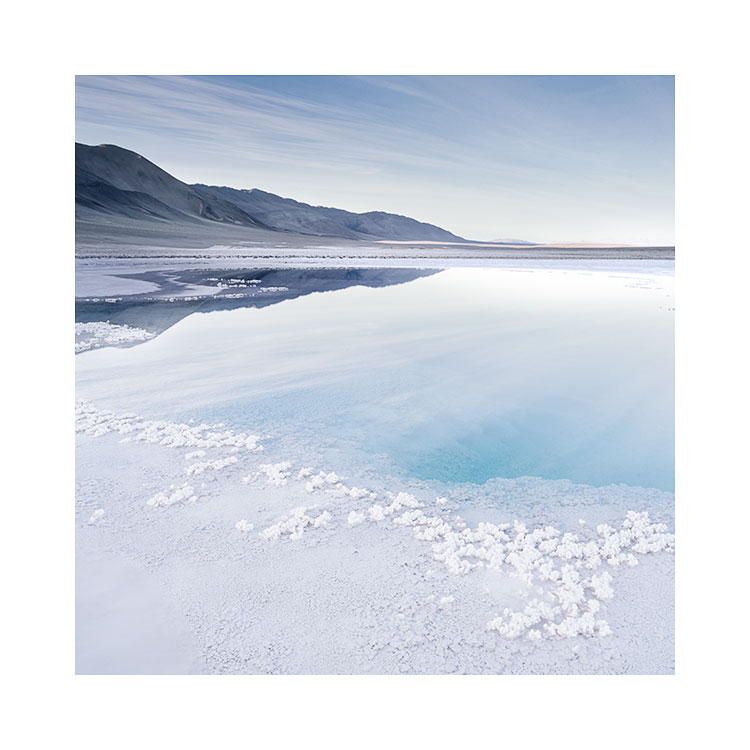The post below first appeared in April of 2016. Since then, I’ve been using the Medium grads extensively along with hard grads. I’ll explain at the end of the post below, why I have settled on medium as well as hard grads. Here is the post from April 2016:
Lee filters introduce two new graduations of ND filter
In April, Lee-Filters announced two new graduation sets to their ND product range. Up until now, you had the choice of either soft-graduation or hard-graduation ND filters. Now you have two further choices - very-hard-graduation and also medium-graduation filters.
Lee filters have just introduced a new 'very-hard' and also a new 'medium' graduation filter set to their existing line of soft and hard ND-grad sets.
I currently own the 1, 2 & 3 stop versions of both soft and hard-grad filters. They are useful in many different ways. But with the news of the newer graduation types, I think my filter set is going to change.
Soft or Hard, which should you choose?
Each year when I send out my trip notes for the workshops I'm running, I ask everyone to buy the hard-graduation filters. Despite some participants reluctance to get the hard-grads because they think the graduation may be too obvious (it's not) in the picture, I find the existing Lee hard-grads just about right for most applications.
The reason is that Hard grads are actually quite diffused once they are put up so close to the front of the lens. They give enough bite to change the picture, and do so without being too obvious where their placement is. They are perfect for when you just want to grad the sky only.
Soft grads on the other hand are too soft for just grading the sky - their bite doesn't cut in as much as I'd like. But I do find that Soft-grads have other uses: they are ideal for instances when there is a gradual change from the bottom of the frame to the top. Instances like lakes where the water is extremely dark at the bottom of the frame and it gets brighter towards the horizon. Using soft grads across the middle of the water help control that.
So in general: hard grads are for controlling the sky when there is a sudden shift between ground and sky. Soft grads are useful for scenes where the entire scene changes gradually as you move up the frame.
Grad Placement may not be so critical, and here's why
It really depends on the focal length. Smaller focal-lengths provide a sharper rendering of the graduation whereas larger focal-lengths diffuse the graduation, making hard-grads softer.
If you zoom out - the graduation becomes more defined. And as you zoom in, the graduation becomes more diffused. With a hard-grad it means it's a hard-grad at 24mm but it starts to act more like a soft-grad when used at 75mm. Soft grads are soft at 24m but they become far too soft once you get up to and beyond 75mm.
I illustrate this below. Using the same hard-grad, I zoom in from 24mm to 150mm. As I do so, the graduation becomes softer. I am essentially zooming into the graduation:
Using the same hard-grad, as I go up the focal lengths from 24mm to 150mm, the graduation becomes more diffused. My hard-grad essentially becomes a soft-grad at 150mm.
I have a medium-format rangefinder system. I can't see through the lens, but I've never had a problem with placing the hard-grads, and it's all because of a combination of them being so diffused so close to the lens, and the higher focal lengths. My wide angle is a 50mm for example.
Which Graduations should I choose, and why?
Your choice of camera format will also determine how your grads will behave. Smaller-formats user smaller focal lengths, while larger formats use larger focal lengths for the same angle of view. For example, a 24mm lens in 35mm format has the same angle of view as a 50mm does in medium-format. But the same grad used on a 24mm will be more defined than if it were used on a 50mm, even though both lenses give the same angle of view.
In the graph below, I show the equivalent focal lengths for the 'same angle of view' as you go up the formats from MFT (Micro-Four-Thirds) to Large format. You can see that the focal lengths get longer and longer. This means that your soft-grad filter will become softer and softer as you move up the formats.
As you go up the formats, the focal lengths get longer for the same angle of view. This also means that any hard-grads you buy become softer as you move up for camera formats. Or harder as you go down the formats.
So it's not just a simple case of choosing soft grads over hard ones, because you think they will be less noticeable in the final image. You also have to take into account the focal lengths you're using.
In my own case, I use Medium Format cameras, and I mostly use hard-grads because they give me the right amount of graduation across the frame for the focal lengths I mostly use (50 and 80). When I use the hard-grads with the 50mm, the placement isn't so critical as there's a degree of diffusion there already, but the filter still bites into the image enough to make hard-grads a viable choice. When I use soft-grads though, they tend to be too diffused for the focal lengths I use.
Which of the new range will I be tempted to get?
Since I'm a medium format shooter, I'm tempted to replace most of my soft-grads with the new medium grads. The medium-grads will give me what I am looking for (but not getting) from my soft-grads.
I will remain using the standard hard-grads, as they are perfect for my wide and standard lenses, but I am interested in buying some very-hard-grads for use with my telephoto lenses. As explained, when you get up to such high focal-lengths, hard-grads become less and less effective.
Using different types of graduation is a key component to good exposures. I've found for many years that I could do with some graduation filters that are somewhere between the old hard-grad and soft-grad sets, and there is also cause to have very-hard grads for use when using higher focal lengths. So for me, I will be buying some of the medium-grads and very-hard grads to compliment my ever-growing set of ND filters.
—
January 2020
As of January 2020, I’ve had time to use the medium grads now for just under four years. I find them indispensable as part of my set of grad filters. I use medium and hard grads just as much in the field and both are used for different reasons that I can summarise as follows:
On longer focal length lenses, hard grads are always required. Zooming in just diffuses any graduation of any kind so they act more like a soft grad when you get up to the 100m focal lengths and beyond.
Hard grads are useful from 50mm to around 150mm. Go wider (below 50mm) and hard grads become too hard.
Medium grads are useful with very very small focal lengths (below 50mm). As you zoom out, the graduation becomes more defined. So medium grads give sufficient feathering.
In summary, medium grads at the right focal lengths do what most of us assume soft grads will do. They are really useful in empty areas of water and sky where we need some bite into the photo without being overly obvious. Using hard grads in empty areas of the photo can be too obvious.
I haven’t tried the very hard edged grads - I feel these would only be of use on longer focal lengths (100m and above). As my article stated above - as you zoom in, the graduation becomes more and more diffused. Hard becomes medium, and medium becomes soft. Soft becomes ineffective.
I have rarely found much use for soft grads. They are simply too soft once placed up close to the lens and the graduation becomes so diffused as to make little to no difference to the photo. Indeed, I find myself often placing soft grads so low in the frame in an attempt to make them bite into the photo that they end up just darkening the whole scene as if they were a full ND.
Hard and medium grads are the way to go. I use both and have all strengths from 1 to 3 stops.






